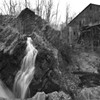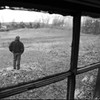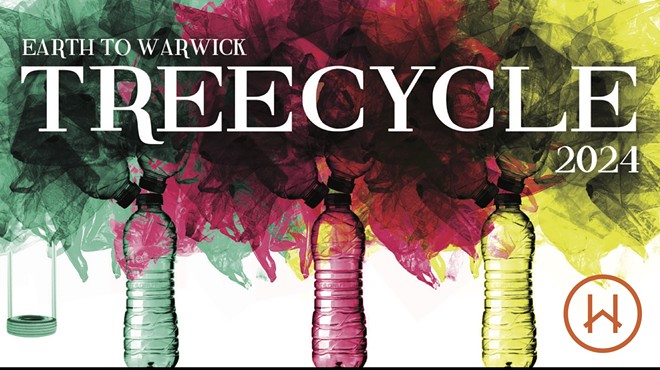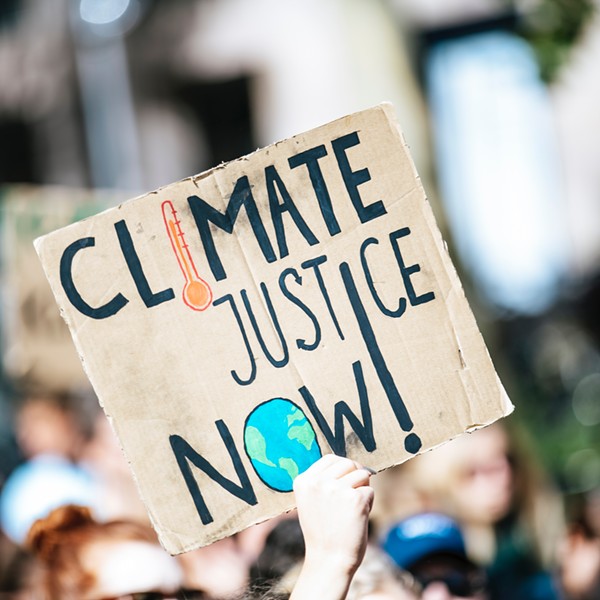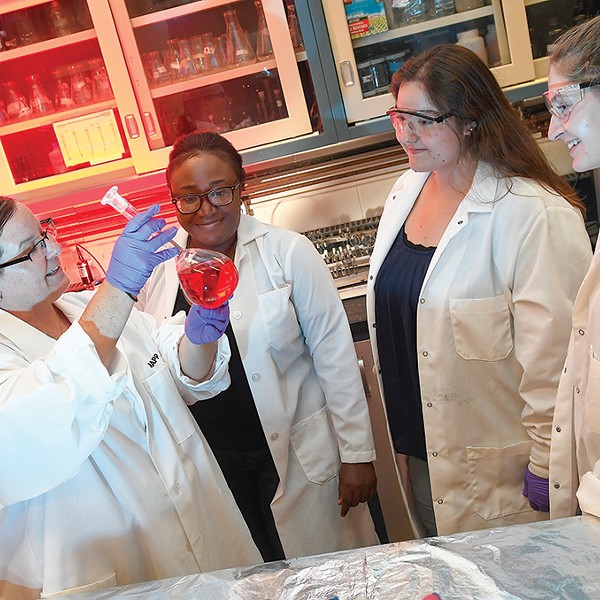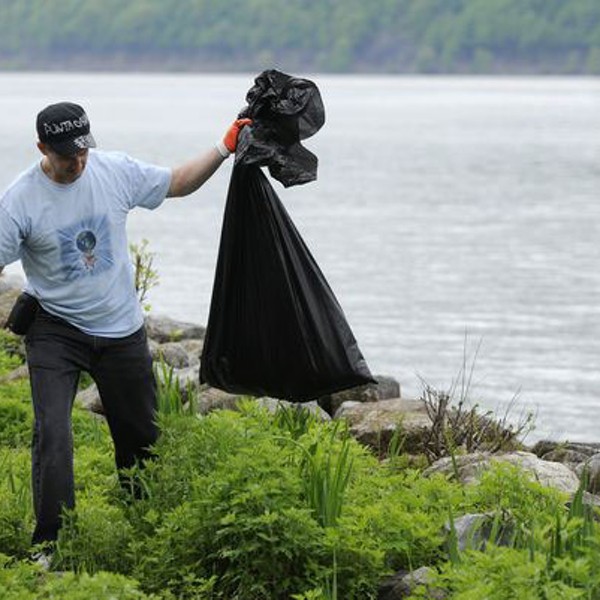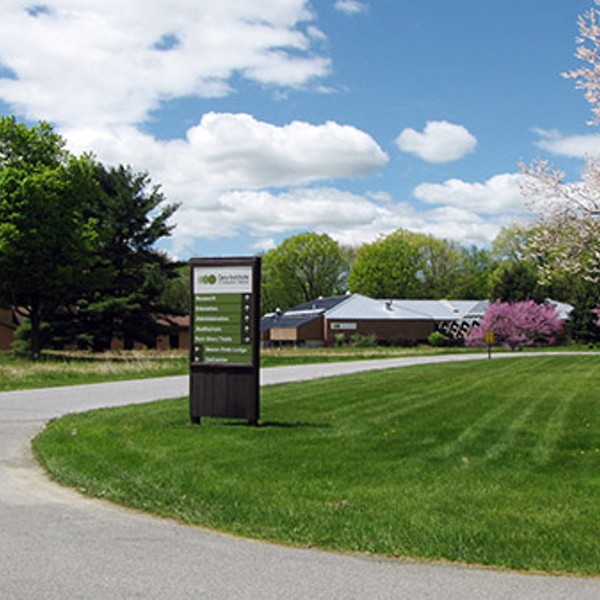This news is bad enough, but it isn’t the whole story. It doesn’t address the huge additional problem of air pollutants wafting in from coal-burning power plants in the Midwest. Smokestacks from these plants spew a broad range of toxic substances into the air, like sulfur dioxide, a major contributor to acid rain and hazardous to lungs, and nitrogen oxides, which generate ground-level ozone by reacting with other airborne molecules in the presence of sunlight. Acid rain is a famed Northeastern problem that is altering entire terrestrial and aquatic ecosystems. Ozone is linked to a number of short- and long-term respiratory and visual problems. Dutchess and Orange counties had ozone levels in the “severe” categories according to a 2002 evaluation by the American Lung Association.8
Power plants fueled by coal and oil also release mercury, heavy metals (arsenic, beryllium, cadmium, nickel), dioxin, furans, and pcbs—many are known carcinogens. Particulates also are released by coal-burning plants and are increasingly recognized as a serious health hazard. And while Attorney General Eliot Spitzer is making great legal strides in reining in air pollution coming from outside our region, there are two coal-burning electricity-generating plants right here that were exempt from the Clean Air Act’s tougher emission standards. Older plants weren’t expected to be chugging along much longer, but they are.
The Danskammer plant outside of Newburgh has come under epa scrutiny for lax permit requirements (through the state dec) with regards to monitoring of pollution emissions. The same plant, while under previous ownership by Central Hudson, racked up numerous violations for excessive volume and density of smoke emissions. There is good news about the coal-burning Lovett plant in Tompkins Cove (Rockland County), though: it has been forced by a legal case brought by Eliot Spitzer to install equipment that will reduce nitrogen oxide and sulfur dioxide emissions by at least 75 percent and 40 percent, respectively, by 2008. It’s an especially satisfying settlement because it foiled the plant’s attempt to ignore making improvements in pollution emissions (which are called for by the Clean Air Act when any substantial construction is undertaken by an old plant) by calling its modifications “routine maintenance.”
Spitzer said in a press release, “This agreement, which we hope will be a model for settlement of other in-state cases, demonstrates the strength of our case, the state’s willingness to pursue violations on its own, and our commitment to dealing fairly and evenly with all power plant operators.”
“We’ve come a long way in cleaning the air of certain pollutants,” says Christine Vanderlan of Environmental Advocates of New York, “but there currently is no limit on the amount of carbon dioxide or mercury that coal plants like the Danskammer and Lovett plants produce. To really solve ongoing problems like acid rain (which affects the Hudson Highlands among other areas of the state) mercury contamination, smog [ozone], and global warming, we need a tougher Clean Air Act. New Yorkers need to keep pushing Congress to enact strict, comprehensive power plant cleanup legislation.”
A more recent source of air pollution coming under intense scrutiny is waste incineration. There are two “waste-to-energy” incinerators in the Hudson Valley: Dutchess County’s Resource Recovery Facility in Poughkeepsie and the Charles Point Resource Recovery Facility in Peekskill. Incinerators save on (but don’t eliminate) landfill space and cogenerate electricity through steam production, but they release extremely dangerous compounds into the air. It shouldn’t be a surprise that burning a vast array of materials is going to generate a diversity of pollutants, and citizens’ and environmental groups are calling for a reconsideration of these facilities.9
Looking past the PCBs
pcbs in the Hudson have somewhat overshadowed other serious ongoing or emerging river pollution problems. Stormwater runoff that washes surface pollutants (like vehicle fuel, oil, pesticides, herbicides, fertilizers, and cleaning agents) directly into streams and rivers. Aging and over-burdened sewer systems like that of New Paltz and regions of Kingston are failing, partly due to the volume of runoff that periodically floods them and which can spill raw sewage directly into the river. With economic revitalization and new construction projects blossoming around the valley, open lands that once absorbed and filtered runoff are being covered with impervious roads, parking lots, and buildings. Developing on or too close to wetlands magnifies the environmental injury because they are complex ecosystems of limited abundance. Plus, wetlands of less than 12.4 acres have neither federal nor state protection because of a regulatory gap created by the Supreme Court.








